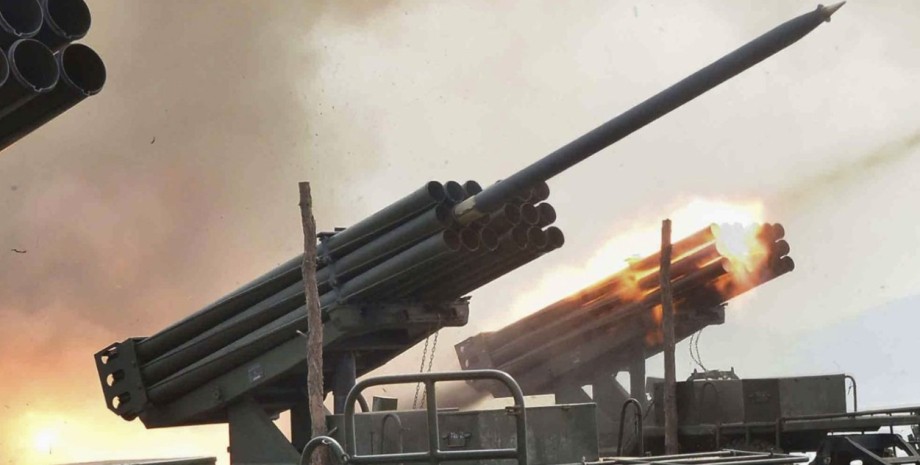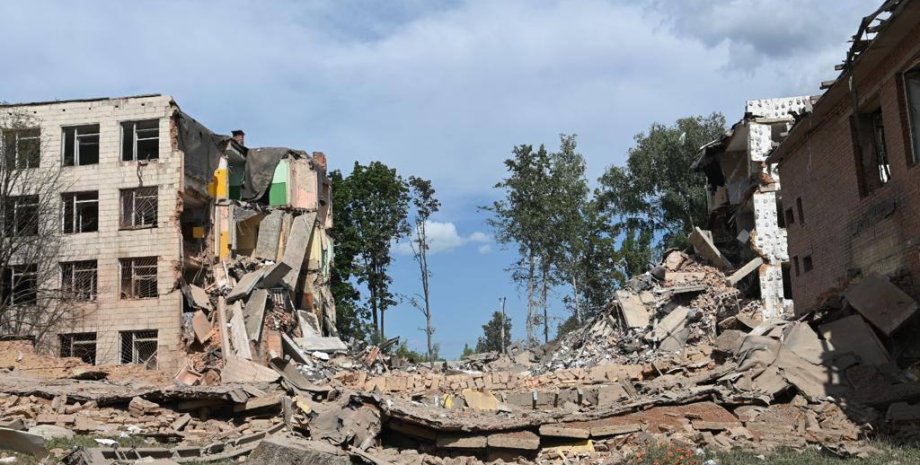
In a situation of heavy losses in jet artillery, the Russian army activated old launchers from reserves, it was not easy to compensate for such losses. In addition, there is a significant depletion of rocket reserves. To solve this problem, Russia turned to the DPRK.
According to the head of the Ukrainian Center for Combating Misinformation Andriy Kovalenko, Pyongyang handed over to the Russian side about 100 artillery systems, including the self-propelled howitzers M1989 and M1991 RSSV, as well as millions of artillery shells and ballistic KN-23 missiles. The author emphasizes that M1991 is a new powerful addition to the shabby Russian missile troops. It is a powerful rocket system capable of shooting 240 mm rockets weighing 187 kg up to 60 km.
AKS claims that this RSSU is superior to the majority of artillery systems in service with Ukraine, except for American HIMARS. According to Military Factory, the M1991 system came into service in the early 1990s and is used by the Korean People's Army to perform high-mobility operations with long-distance impact, including for mass damage to the enemy's living power and equipment.
The installations can act from pre -prepared positions, including shelters in mountain tunnels, which complicates their detection. Thus, the Russian army, having received M1991 M1991, will create additional threats to Ukrainian cities and civilian sites. While in service with Russia, these launchers can affect Ukrainian trenches and fire in response to Ukrainian howitzers and starting installations.










All rights reserved IN-Ukraine.info - 2022